Last week Growler magazine asked if I'd like to demo a goat recipe, and have a chat about why Americans don't eat more of it for their upcoming May issue. I'm enjoying being a sort of ambassador for goat (and lamb) for my friends at Shepherd Song Farm. Goat and lamb to me are luxury goods, that for some reason gets a bad rap. Its really a shame, since goat is absolutely, positively delicious.

For the interview and photo shoot, I tried to dig around and pin-point exactly why Americans are afraid of it, but there's not as much info on the topic as I'd hoped. Let's just say the reason why Americans don't chow down on goat like the rest of the world is a multi-faceted issue, but, it does seem to me like a fear of foreigners and their food can come into play, at least subconsciously, for many Americans.
As far as the recipe, I wanted to do something simple that anyone could make that also shows off how cool goat can be. Recently I've been reading some new to me, old French books for the restaurant concept I've been helping out with, and in French Provincial Cooking by Elizabeth David (an old-school classic) I randomly opened the book for the first time to a lamb breast recipe.
I'd worked with it before, and I liked what came out of my experiments, but the method she outlined was head and shoulders above what I thought was possible with such an under-used cut.
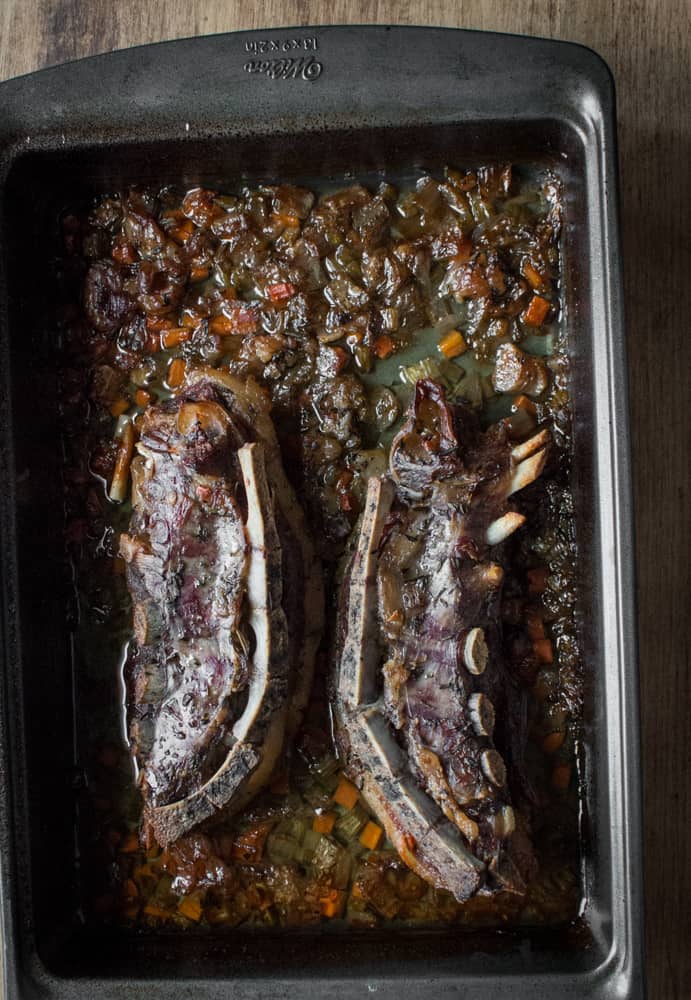
When I originally cooked the breasts, I saw they were very fatty, so after cooking, I trimmed off all the fat, and in doing so, ended up with only a scant amount of meat compared to the original weight: the meat was great, but such a low yield would make it prohibitive for restaurant use.
Elizabeth David's method sounded better: cook the breasts, then pick the bones out, leaving the rest of the tissue I'd removed in my first round of playing with the breasts. But the secret was afterwords, she recommended pressing the breasts to firm them up and hold their shape.
After pressing, the breasts are breaded and grilled. What? Grill a piece of meat coated in breadcrumbs you say? Absolutely, I didn't grill the batch pictured here, but it's a super cool way to treat breaded meat and not have it taste heavy from deep frying.
Don't know where to find goat breasts? No worries, my friends at Shepherd Song sell both, and they'll air-ship it right to your door.
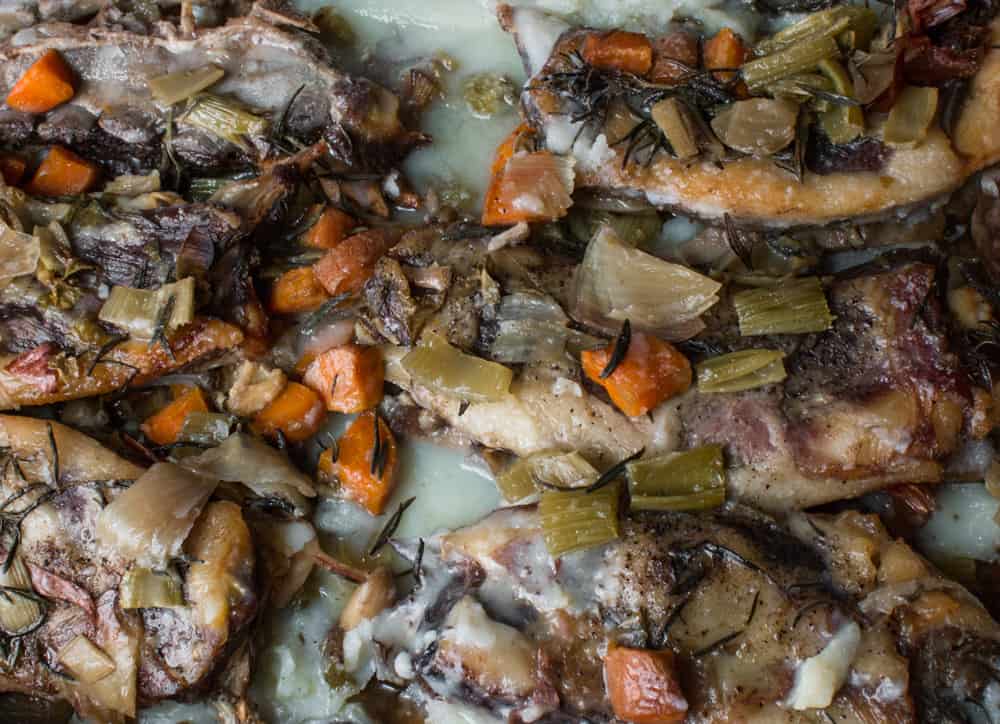
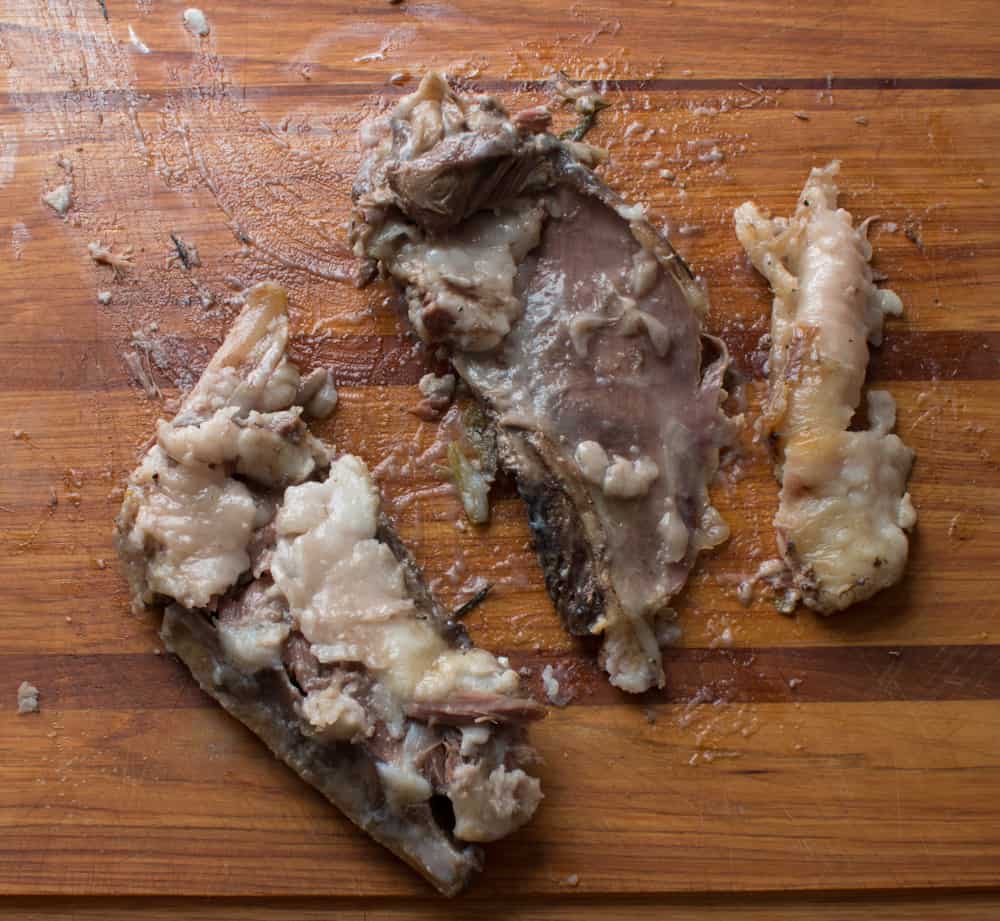
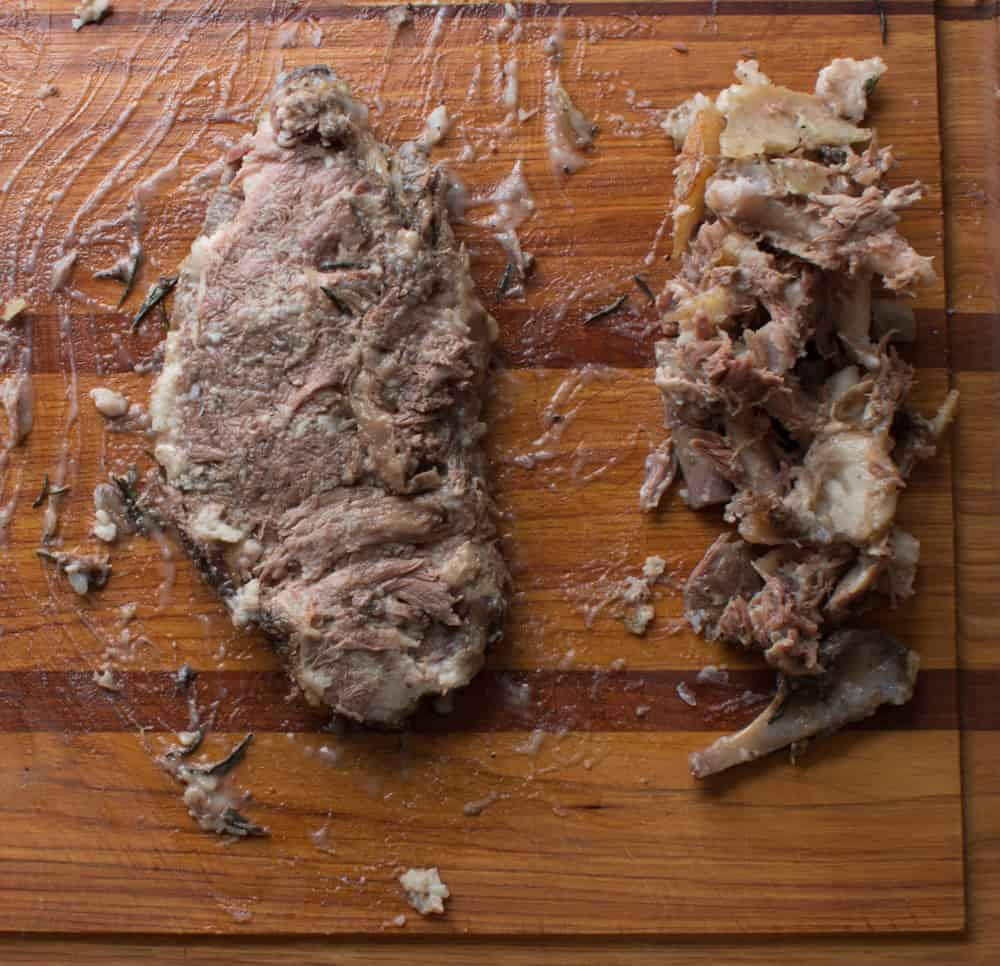
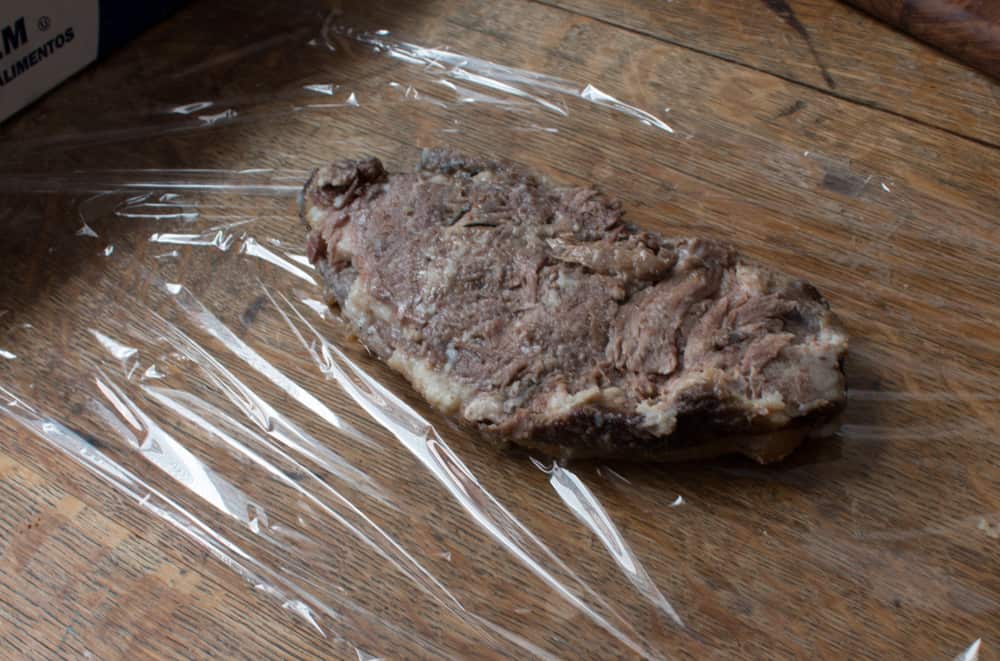
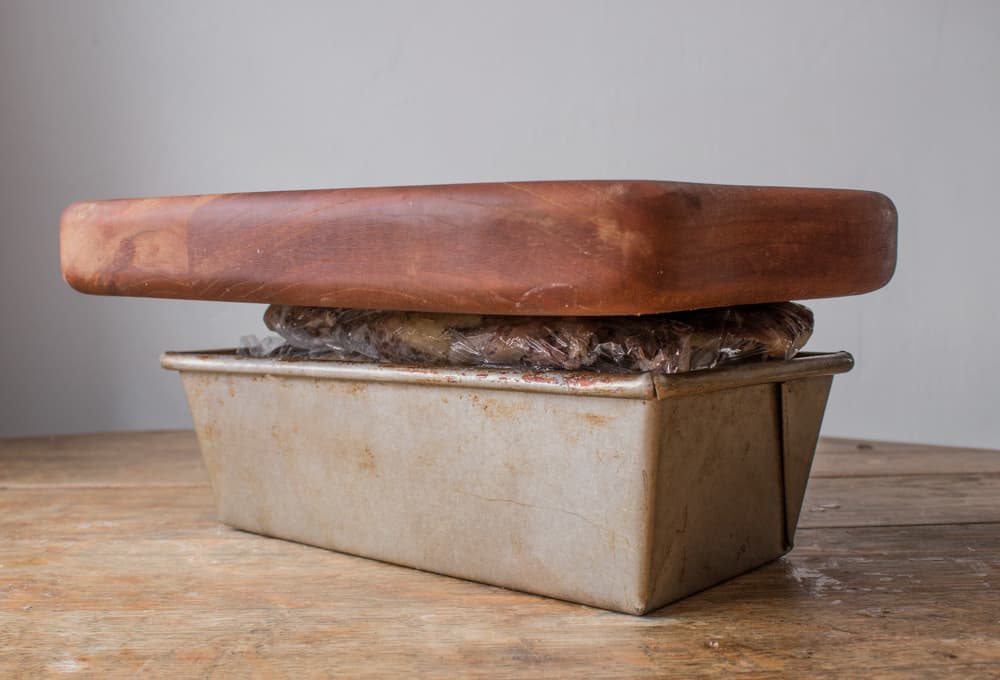
A little while later, I was reading a book by Richard Olney (published after Elizabeth David's book), and noticed he had a recipe for lamb breast too, and it was nearly the same as Elizabeth David's with a minor tweak here and there.
Olney's book had pictures, so the method was crystal clear after I looked at his recipe, there's a good amount of tissue leftover around where the bones are on the breast where you might not know whether you should remove it or not, and Olney made it clear that as much as possible should be left on.
I was a little worried about a strange mouthfeel from the wobbly bone sheath and a little fat here and there, but if you're careful when you clean them, there's no problem. After pressing overnight, the breasts get uniform and attractive, and easy to cut into small triangle pieces, as outlined in both Olney and David's recipes.
When cleaning the cooked breasts, you just need to use your intuition, if a piece of tissue feels to tough to eat, remove it. There will be some scraps of leftover meat from around the rib bones too, that you can remove and put back on the cooked breasts before breading.
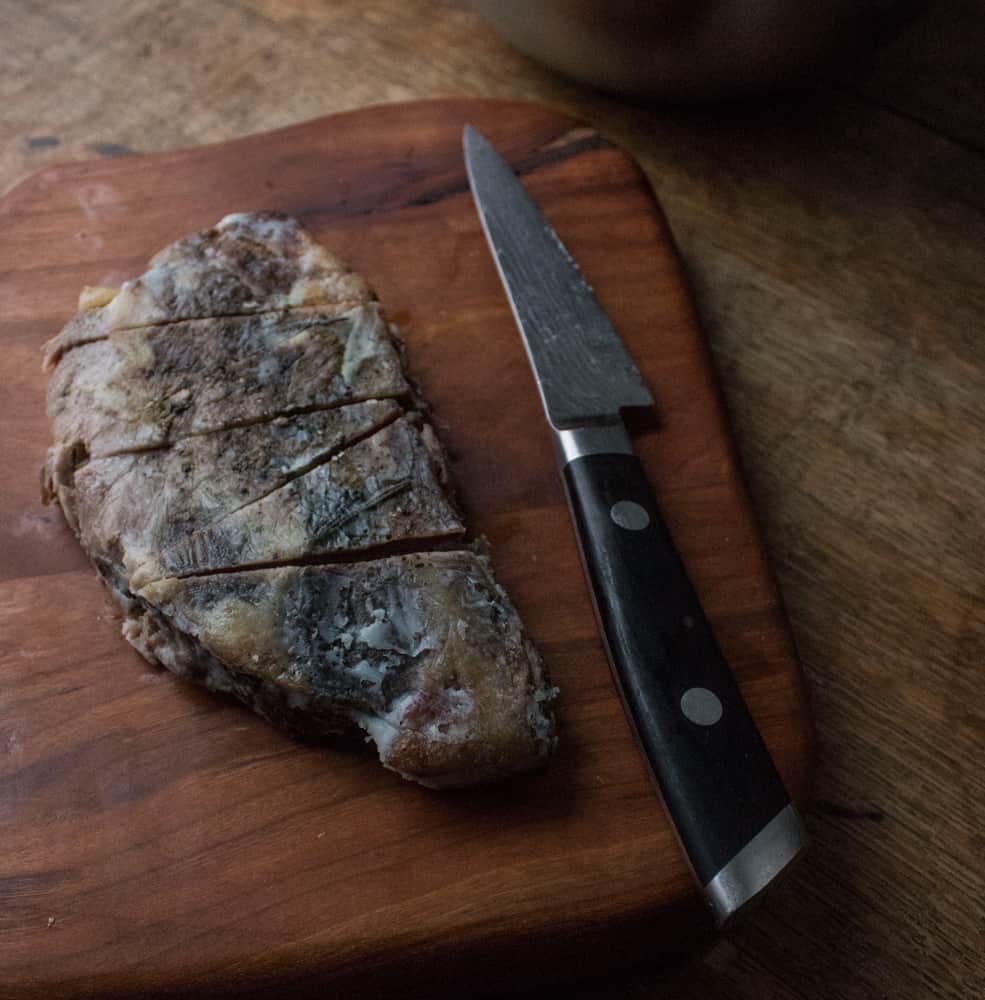
This was some great eating, and a study in the minimalism I continually feel myself drawn to. The meat on the breast is layered with fat and bone, and it reminds me of some of the nuggets of juicy, tender meat that come from slow cooked ribs, or meat deposits on a head, it's really something, jut think short ribs that taste like lamb. It's fantastic served with a watercress salad.

More Lamb Recipes
Breaded Breast of Lamb Recipe with Spicy Tomato Sauce
Equipment
- 1 baking pan
Ingredients
- 2 goat or lamb breasts about 2 lbs (lamb breasts will be larger)
- Kosher salt and fresh ground black pepper to taste
- 1 tablespoon chopped fresh rosemary and thyme
- 1 small yellow onion
- 2 small carrots
- 2 ribs of celery
- 3 cloves garlic smashed with the back of a knife
- 8 cups stock or water
- Spicy tomato sauce
Instructions
- The night before cooking, season the goat breasts with the salt and pepper and the chopped herbs all over, pressing to make sure everything adheres to the meat. Allow the meat to marinate overnight, covered.
- The next day, preheat the oven to 300. Combine the carrots, onion, celery, garlic and stock or water in a baking dish. Put the goat breasts in the dish, meat-side down, top with a piece of parchment and bake, covered with foil until the breasts are cooked and soft, about 3 hours. Remove the breasts from the oven and cool to room temperature, then transfer the breasts to a cutting board.
- Gently remove the rib bones from the breasts, saving any meat that falls off while you’re working with them. If you see very large deposits of fat, remove or trim them, but make sure not to try and remove all of the fat or the breasts will break into pieces, you want to keep the breasts as whole as possible.
- Put any meat that’s fallen off the breasts back on them, then wrap in plastic, put in container wide, shallow container and press with a weight overnight, or at least until cold.
- When the breasts are chilled and you want to cook them, preheat the oven to 350, remove the breasts from the fridge, unwrap, season lightly with salt and pepper, then cut each breast on a slight diagonal into 6 triangles. Bread each slice of breast in flour, egg, and then breadcrumbs, then transfer to a baking sheet and bake until hot throughout, about 10-15 minutes. Serve immediately with the warm tomato sauce and a salad of watercress dressed with good oil, lemon, salt and pepper.

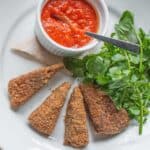
Daniele Kay
Years ago, I worked in a restaurant that did a pressed veal breast terrine. Your post brought back memories of butchering, braising and deliciousness.
Alan Bergo
Thanks Daniele, I'm just in love with the breasts right now, such an underused cut. If I can ask, do you remember how the terrine was prepared? Was the whole muscle pressed, chilled and sliced? Or was it cut into pieces and bound with aspic? I'd love to do a terrine with these, but lamb and goat are smaller than veal so I may have to chop and bind with aspic +a pig trotter for gelatin.